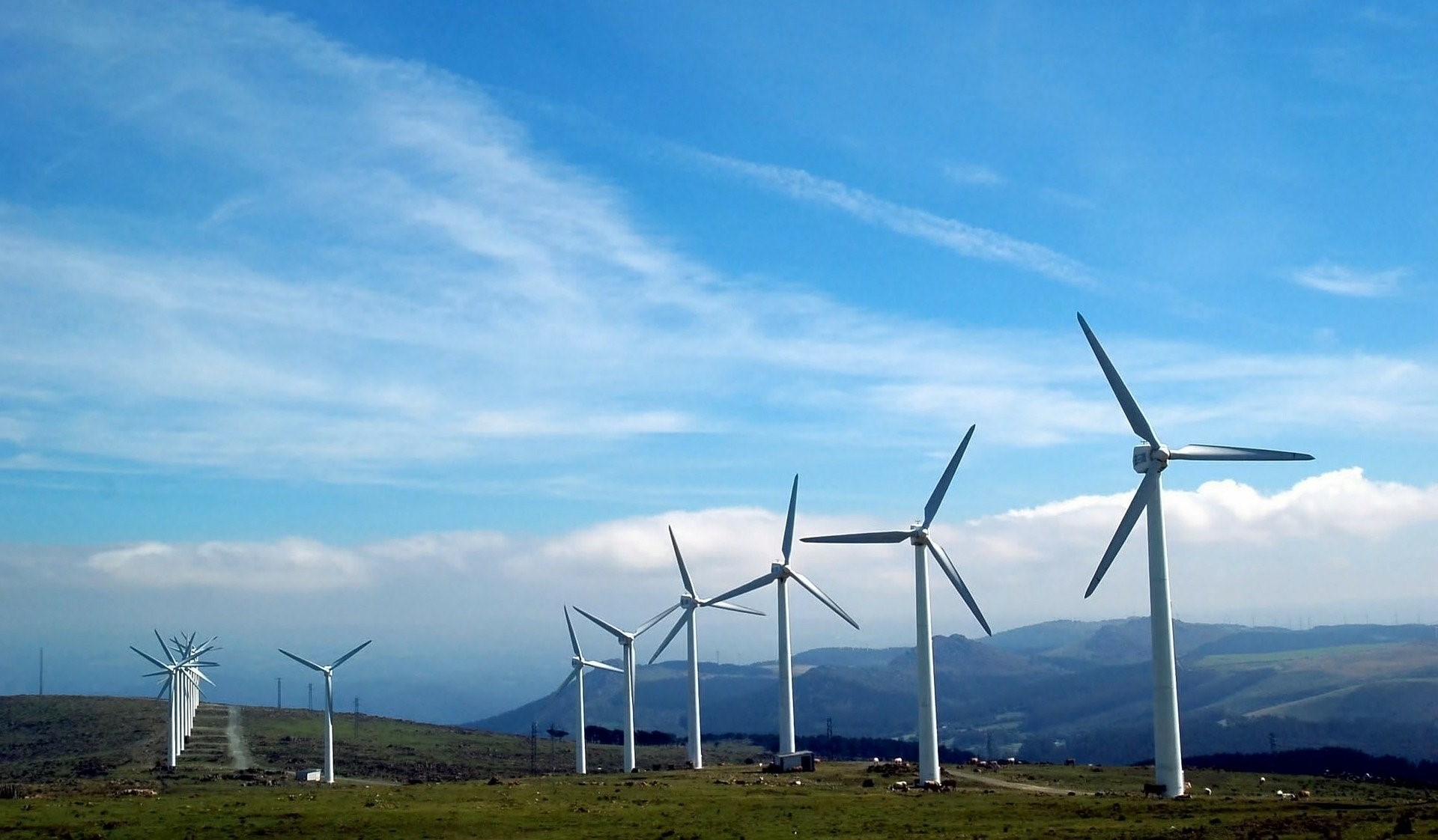The problems facing BlackRock’s clean energy ETF in 2021 appear a thing of the past for investors who continue to pile into Europe’s most popular thematic ETF.
The iShares Global Clean Energy UCITS ETF (INRG) has amassed a huge $5.5bn assets under management (AUM), the majority of which have come in the last few years.
Adding to the combined $3.9bn inflows in 2021 and 2020, INRG pulled in $801m net new assets in 2022, the most across all thematic ETFs in Europe and ahead of its nearest rival, the L&G Clean Energy UCITS ETF (RENW), which saw $142m inflows, according to data from ETFLogic.
From a macro perspective, clean energy saw renewed interest last year following Russia’s invasion of Ukraine as governments across Europe looked to shift away from dependence on Russian gas for energy. Germany, for example, announced plans to be completely renewables-dependent for its domestic electricity needs.
Across the pond, US President Joe Biden passed the Inflation Reduction Act last August which has pledged $370bn in tax credits for the renewable energy industry.
As a result, INRG was the best performing clean energy ETF in Europe last year delivering 6% returns in sterling terms which was a whopping 28 percentage points (ppts) ahead of the worst-performing strategy in the sector. This performance difference highlights the far greater importance of ETF selection within the thematics space versus other areas of the ETF market.
Last year has acted a watershed year for INRG with the significant changes to the index in 2021 doing little to dampen investor demand. The changes came after a string of heavy inflows in 2020 started to drive the performance of the underlying stocks that were being tracked by INRG and its US counterpart.
Following a consultation with the market, S&P Dow Jones Indices (SPDJI) swiftly increased the maximum number of holdings in the basket meaning INRG currently offers exposure to 97 securities rather than the 30 previously while also loosening the requirements for inclusion.
The index now only requires companies to have 25% of their aggregate revenue from clean energy-related businesses and even allows for companies to have 25% of their earnings to be involved in generating electricity from thermal coal.
Despite the loosening of its ESG rules, investors have continued to favour INRG over other clean energy, largely thanks to its dominant position within the market and BlackRock’s distribution networks throughout Europe.
While demand has tailed off at the start of 2023 amid a broader shift away from thematic investments, there is no doubt INRG remains the dominant strategy in the market today.
This article first appeared in ETF Insider, ETF Stream's monthly ETF magazine for professional investors in Europe. To access the full issue, click here.





